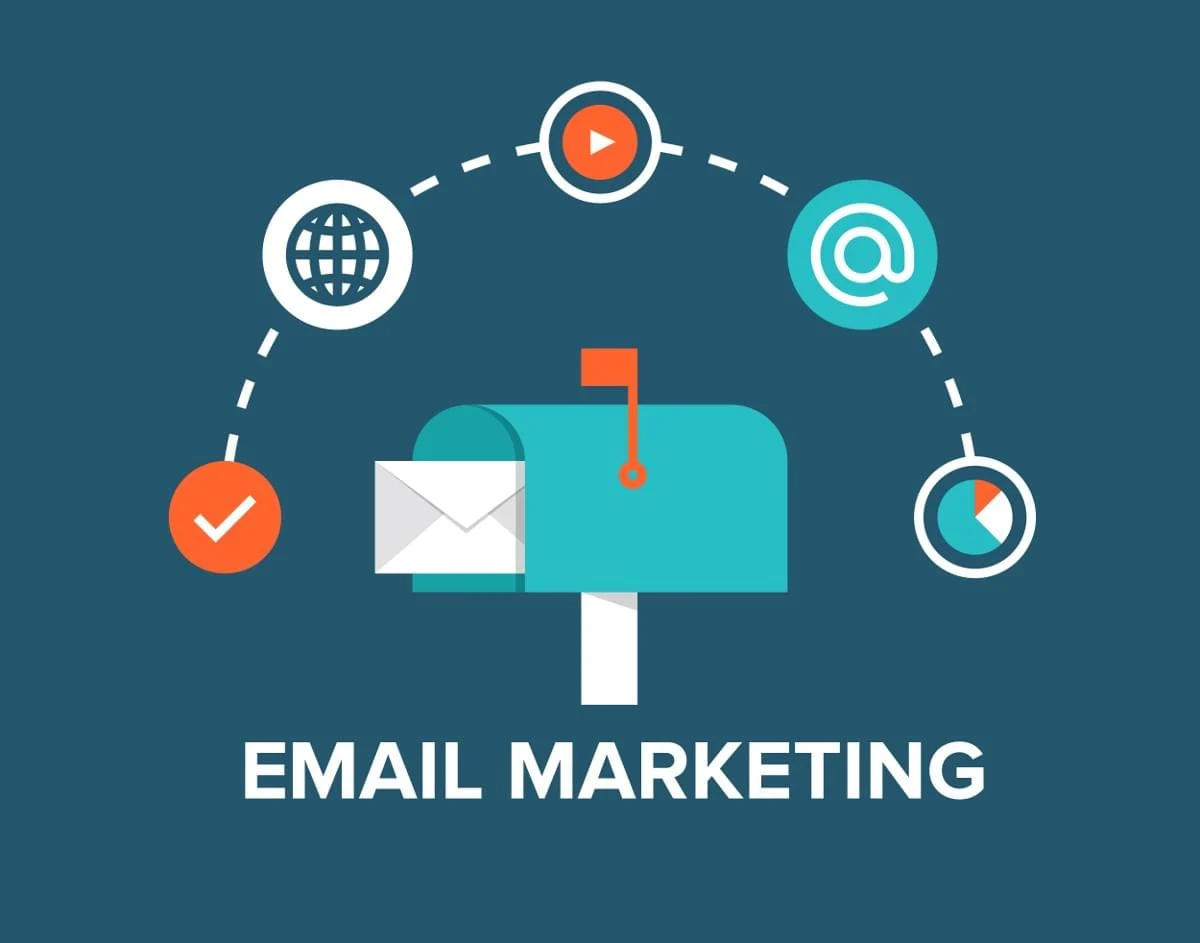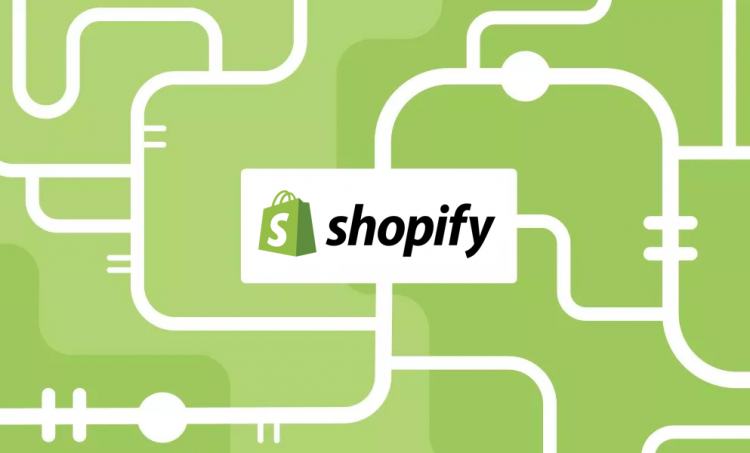Email marketing is one of the most effective channels for engaging with audiences and driving business outcomes. According to Statista, there were approximately 4.37 billion email users worldwide in 2023, making email an unparalleled medium to connect with your customers. Additionally, the Direct Marketing Association (DMA) reports that email marketing delivers a staggering $42 return on every $1 spent, underscoring its value in modern marketing strategies.
In this comprehensive guide, we will cover essential, evidence-based practices for crafting an impactful email marketing strategy, supported by data and examples.
Contents
- 1. Understand the Role of Email Marketing
- 2. Build a High-Quality Email List
- 3. Choose the Right Email Marketing Platform
- 4. Focus on Email Segmentation
- 5. Write Compelling Subject Lines
- 6. Design Mobile-Friendly Emails
- 7. Craft Engaging Content
- 8. Use Clear and Actionable CTAs (Call to Action)
- 9. Automate Your Email Campaigns
- 10. Measure and Optimize Your Campaigns
- 11. Ensure Compliance with Email Laws
- Final Thoughts
1. Understand the Role of Email Marketing
Email marketing involves sending promotional messages to a group of people via email. The purpose can range from increasing sales and generating leads to building customer loyalty.
Key Statistics
- 99% of consumers check their email daily, according to HubSpot.
- Emails drive more conversions than any other marketing channel, including social media and search, according to Campaign Monitor.
Fact-Based Insight: A well-designed email campaign ensures your audience receives personalized, relevant content, boosting engagement and conversions.
2. Build a High-Quality Email List
A high-quality email list is fundamental to any email marketing strategy. Without the right recipients, even the best email content will fall flat.
How to Build an Email List
- Opt-In Forms: Use forms on your website, blog, or landing pages to collect email addresses. Ensure compliance with laws like GDPR by gaining explicit consent.
- Lead Magnets: Offer valuable incentives such as eBooks, discounts, or webinars in exchange for email sign-ups.
- Social Media: Promote your email sign-up form on platforms like Facebook, Instagram, and LinkedIn.
Important Stat
Businesses that implement segmented email lists see a 760% increase in revenue, according to Campaign Monitor.
3. Choose the Right Email Marketing Platform
Using an email marketing platform helps automate and streamline your campaigns.
Popular Platforms
- Mailchimp: User-friendly with built-in analytics.
- Constant Contact: Best for small businesses.
- Klaviyo: Advanced segmentation and eCommerce focus.
- HubSpot: Ideal for CRM and inbound marketing integration.
Fact: Over 80% of marketers use automation tools like these to improve efficiency, according to Litmus.
4. Focus on Email Segmentation
What is Segmentation?
Segmentation involves dividing your email list into smaller groups based on specific criteria like demographics, purchase history, or behaviour.
Benefits of Segmentation
- Higher Open Rates: Personalized emails have an open rate of 29.3%, compared to 17.5% for non-segmented campaigns (Statista).
- Improved Click-Through Rates (CTR): Targeted emails result in 100.95% higher CTR, according to Mailchimp.
Example: An online retailer can segment customers into categories like “first-time buyers” and “returning customers” and tailor campaigns for each group.
5. Write Compelling Subject Lines
The subject line is the first thing recipients see, making it a critical component of email marketing.
Best Practices
- Keep it Short: Subject lines with fewer than 50 characters have a higher open rate (Marketing Sherpa).
- Personalize: Emails with the recipient’s name in the subject line have a 26% higher open rate, according to Experian.
- Use Action Words: Include verbs to inspire action (e.g., “Unlock Your Discount Today!”).
Stat: Nearly 47% of recipients open emails based solely on the subject line, per OptinMonster.
6. Design Mobile-Friendly Emails
Why It Matters
With 81% of emails opened on mobile devices, optimizing for mobile users is non-negotiable (Litmus).
Key Elements
- Responsive Design: Ensure the email adapts to different screen sizes.
- Short Paragraphs: Use concise text for easy reading.
- Clickable CTAs: Buttons should be large and easily tappable.
Fact: Mobile-friendly emails lead to a 15% increase in unique clicks, according to EmailMonday.
7. Craft Engaging Content
The content of your email must provide value to the recipient to encourage engagement and action.
Effective Content Types
- Educational Content: Tutorials, guides, or tips relevant to your audience.
- Exclusive Offers: Discounts, early access to sales, or VIP invitations.
- Storytelling: Share customer success stories or brand updates.
Stat: 40% of B2B marketers say email newsletters are critical to their success (Content Marketing Institute).
8. Use Clear and Actionable CTAs (Call to Action)
Why CTAs Matter
A strong CTA directs readers on what to do next, driving clicks and conversions.
Best Practices
- Use action-oriented phrases like “Shop Now” or “Sign Up Today.”
- Place the CTA prominently and make it visually distinct.
- Limit emails to one primary CTA to avoid confusion.
Fact: Emails with a single CTA can increase clicks by up to 371%, according to WordStream.
9. Automate Your Email Campaigns
Benefits of Automation
Email automation saves time and ensures timely delivery of relevant content.
Automation Examples
- Welcome Series: Greet new subscribers with a series of onboarding emails.
- Abandoned Cart Emails: Recover lost sales by reminding users to complete their purchase.
- Re-Engagement Campaigns: Reach out to inactive subscribers to rekindle interest.
Stat: Automated emails generate 320% more revenue than non-automated ones, according to Campaign Monitor.
10. Measure and Optimize Your Campaigns
Key Metrics to Track
- Open Rate: Indicates how many recipients opened your email.
- Click-Through Rate (CTR): Measures the percentage of recipients who clicked on a link or CTA.
- Conversion Rate: Tracks how many recipients completed the desired action (e.g., purchase, sign-up).
- Bounce Rate: The percentage of emails that couldn’t be delivered.
Tools for Analytics
- Email platforms like Mailchimp, Klaviyo, and HubSpot offer built-in reporting tools.
- Use Google Analytics for tracking website activity resulting from email campaigns.
Fact: A/B testing subject lines can improve open rates by 49%, according to Litmus.
11. Ensure Compliance with Email Laws
Major Regulations
- CAN-SPAM Act (USA): Requires opt-out mechanisms and prohibits misleading subject lines.
- GDPR (EU): Mandates explicit consent before sending emails to European residents.
- CASL (Canada): Requires obtaining express consent for promotional emails.
Stat: Non-compliance with email laws can result in fines of up to $20 million or 4% of annual global turnover, whichever is higher (GDPR).
Quick Summary Table
| Tip | Key Practice | Supporting Stat |
|---|---|---|
| Build an Email List | Use opt-ins, lead magnets | 760% revenue increase with segmentation |
| Choose Platforms | Select automation tools | 80% of marketers use email automation |
| Segment Email List | Personalize emails based on audience data | 29.3% higher open rate with segmentation |
| Compelling Subject Lines | Keep short, use personalization | 47% open emails based on subject line alone |
| Mobile Optimization | Use responsive designs | 81% of emails opened on mobile |
| Engaging Content | Educational, exclusive, and storytelling | 40% of marketers rely on newsletters |
| CTAs | Include actionable and clear CTAs | 371% more clicks with single CTAs |
| Automation | Automate campaigns like welcome series | 320% more revenue with automation |
| Analytics and Optimization | Track open rate, CTR, and conversions | A/B testing boosts open rates by 49% |
| Compliance | Follow GDPR, CAN-SPAM, and CASL laws | Avoid hefty fines |
Final Thoughts
Email marketing continues to be one of the most effective ways to engage audiences and drive business success. By implementing these data-backed strategies, you can craft impactful email campaigns that resonate with your audience, increase engagement, and achieve measurable results.
Call to Action: Ready to boost your email marketing? Start by reviewing your email list and crafting a personalized welcome email today!






